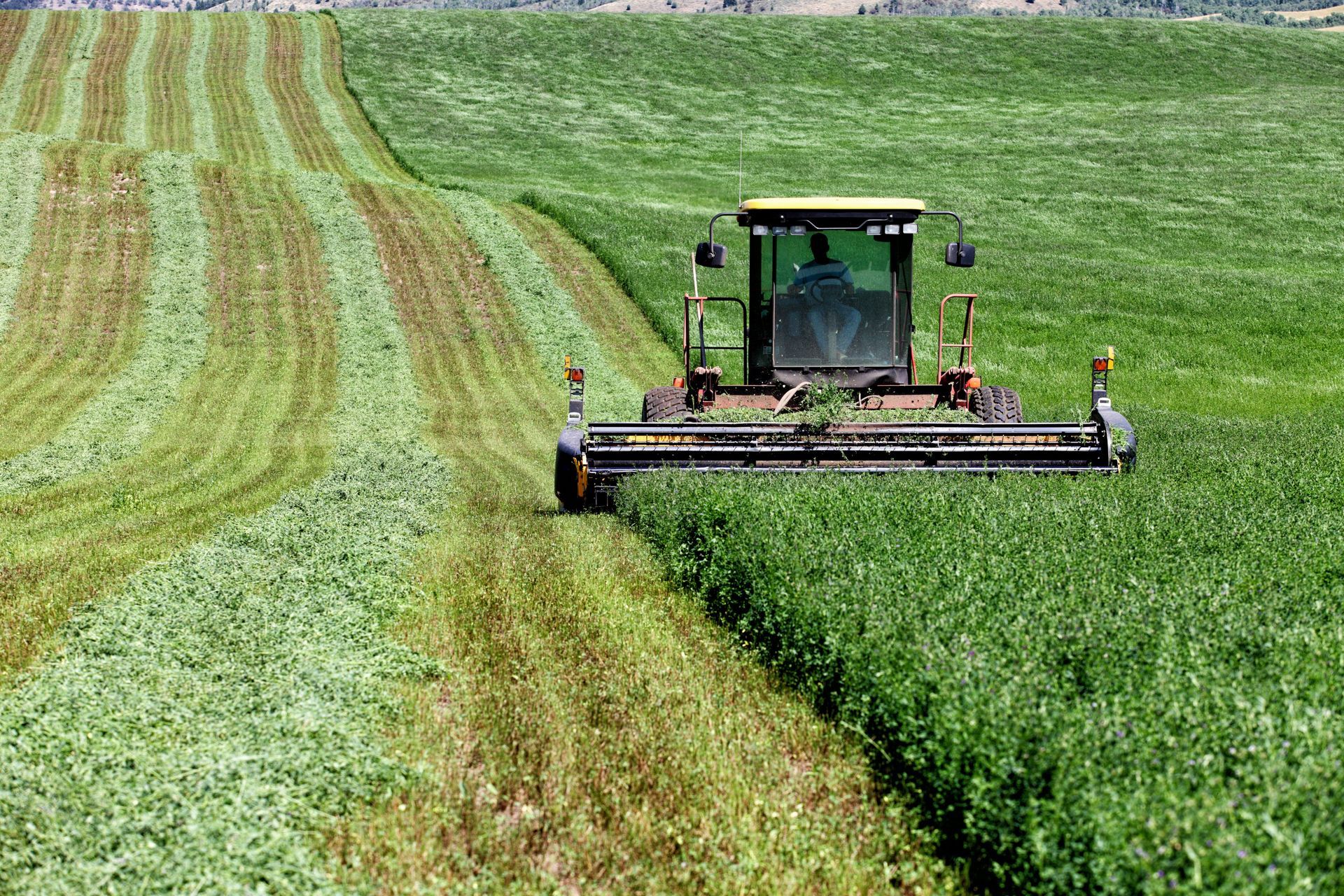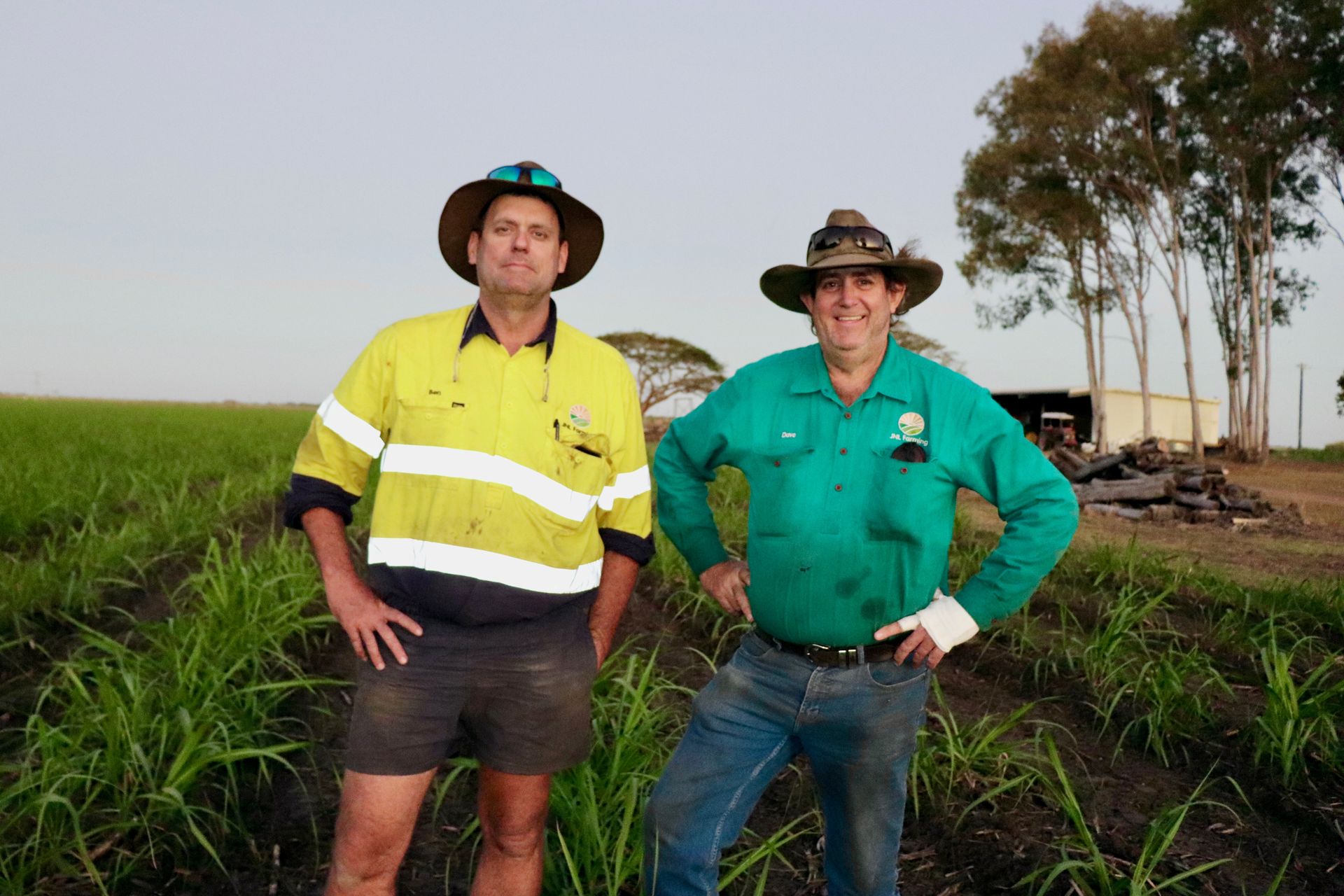1MG FlippingBooks
Showcasing Australia’s irrigation innovation
Irrigation Australia is the peak national organisation representing the Australian irrigation industry in all sectors from water users, consultants, designers and installers through to educational institutions, government, manufacturers and retailers. Irrigation Australia is also the Australian representative body of the International Commission on Irrigation and Drainage (ICID). Anne Currey discusses some of the latest advancements in irrigation innovation helping farmers around the country as well as the ICID congress being held in Adelaide mid 2022.
We all have heard many times that Australia is the driest inhabited continent. It is less likely, however, that many people would be aware of how this has driven water policy in the last 30 years and how our 21,000+ irrigators have responded to the challenges of using this precious resource more efficiently.
With a history of policy implementation to provide a financial incentive for efficient water use, backed by regulatory requirements to do with environmental and social outcomes, and an irrigation sector willing to take on new challenges, Australia is regarded in many forums as a global leader in water governance and water use efficiency.
Innovation the key
Some of the major ways of maintaining this record and continuing to improve technology and practices to produce “more crop per drop” into the future in the agricultural sector will be through better trained irrigation managers and the adoption of best practices and of innovative technologies using the Internet of Things (IoT) and digital applications.
Improving water use efficiency is still a priority for irrigators. Climate change adds complexity to the challenge of improving water use efficiency. In many irrigation areas, run-off into rivers is predicted to decrease and we are already seeing great variability in terms of rainfall and weather patterns.
Forward thinking irrigation managers have examined their records and have incorporated risk management strategies into their enterprises. On farms, for example, this has meant practices including earthworks to capture and store more water, installing soil moisture sensors to keep a close eye on moisture and temperature levels and schedule planting and irrigation when it will have most effect, and keeping up with climate and weather forecasts.
As with most things in life, irrigation is becoming highly technical, and almost every day the suite of digital and computer-based equipment for managing irrigation systems expands. Much of this technology is about collecting and analysing data such as evapotranspiration, soil moisture and weather conditions and applying it to scheduling irrigation so that water is most efficiently applied.
This means that learning the skills to effectively manage new technology and irrigation equipment generally has become a priority with many irrigation managers for whom skills development is now part of their farming strategy.
Irrigation Australia Limited supports a skilled industry through its training and certification programs that are designed for each major sector of the industry from irrigation manager through to retailer, contractor, agronomist, meter installer and designer.
Showcasing Australian irrigation
In recognition of our world-leading record, in May and June 2022 the irrigation world will come to Adelaide, where Australia will be showcasing its achievements, practices and technology. Irrigation Australia Limited, in partnership with the International Commission on Irrigation and Drainage (ICID), will stage the nation’s largest-ever irrigation event. The week will include an international congress, managed by ICID, as well as Irrigation Australia’s renowned conference and exhibition.
The congress, which is the irrigation and drainage sector’s most important international event, has been held triennially since 1951. It was last convened in Mexico in 2017, when it was opened by his Excellency Enrique Peña Nieto, President of Mexico.
The international conference will feature the best speakers from and Australia beyond presenting the latest on irrigation policy, technology and practices. The exhibition promises to be a stand-out event, with irrigation manufacturers and suppliers from every corner of the globe showcasing the technology ranging from pumps and emitters through to applications designed to equip irrigators with up-to-date information for making the best decisions about managing irrigation and their crops.
Best of all, entrance to the exhibition is free. All you need to do before you attend is to go to the website https://www.icid2020.com.au/iace-home/ and register. And if you are interested hearing the best and brightest speak about all things irrigation, you will be able to register for the conference later in 2021 at website https://www.icid2020.com.au/iace-home/.
Water used on Australian farms 2018-19
Figures* from the Australian Bureau of Statistics give an idea of the size of the on-farm irrigation sector. During 2018-19, which was characterised by severe drought in eastern and southern Australia, reducing water availability for many Australian farming businesses in 2018-19:
- 8,000 gigalitres of water was used in agricultural production (down 24% from 2017-18)
- 7.2 gigalitres of water was applied to crops and pastures (down 26%)
- 2 million hectares of agricultural land was irrigated (down 15%)
- 21,900 farms applied water to their land (down 2%).
And the value of production from that water use fell 7% from the year before to $16.4 billion. This fall was largely driven by a decline in water availability, particularly in New South Wales and Queensland. The key contributing commodity groups were:
- fruit and nuts (excluding grapes) at $4.5 billion, up 7%
- vegetables at $3.3 billion, down 1%
- dairy production at $2.2 billion, relatively steady year on year
- grapes at $1.3 billion, up 3%
- nurseries, cut flowers, and cultivated turf at $1.3 billion, down 4%
- cotton at $1 billion, down 54%.
* Sources:
ABS Water Account website: www.abs.gov.au/statistics/environment/
environmental-management/water-account-australia/latest-release
Water Use On Australian Farms.
www.abs.gov.au/statistics/industry/agriculture/water-use-australian-farms/2018-19
















